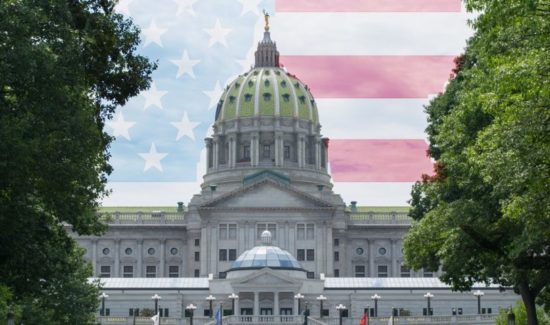New Budgeting
In the 1960’s, the schools introduced "New Math". The students were no longer taught to use basic principles of mathematics to arrive a solution to the problem presented. They were instead told to guess at an answer and then check their guess to see if they were correct. In some cases, accuracy was not considered the goal of the process.
The federal government appears to have embraced this philosophy in their approach to dealing with their runaway spending. Accuracy does not seem to matter.
For example, the President told us in his State of the Union address that the government was going to put a freeze on some federal spending – but not yet. Then he told us that this approach was good budgeting.
So in this New Budgeting, the President’s plan to deal with a debt that comes to over $110,000 for every American household has two parts.
The first part consists of continuing to operate with large deficits, increasing the debt for at least one more year before even attempting to slow down its growth. To get ready for this additional debt, he asked Congress to raise the debt ceiling, again. The Senate has already complied, with a bill that will allow Washington to add an additional $1.9 trillion to America’s debt. Approval from the House is expected shortly. The approved increase amounts to an additional $18,000 per American household, bring the total obligation to $128,000.
The second part is defined in the words the President used. He did not say "reduce" spending. He said "freeze" spending. When something is frozen, it remains at its existing level. But Washington’s existing levels of spending are adding nearly $2 trillion to the debt each year.
So the plan is to add to the debt with another budget that includes a huge deficit, and then freeze spending at the deficit level. The result is a federal plan that continues to build debt, at a rate that adds about $18,000 per year to the bill that each American household will eventually have to pay.
In the process of increasing federal spending, the President announced that the number of people employed by the federal government will rise to over 2,000,000. This continues the trend of the past year, where the number of private sector employees FELL by 5,900,000, and the number of government employees ROSE by 300,000.
The only place where the government gets the funds to pay its employees is from taxes collected from the private sector. Even though government employees pay taxes on their own income, the gross wages from with those taxes are withheld came from the private sector in the first place. And the employer-match for an employee working for the government comes entirely from the private sector because the government is the "employer" in this case and it doesn’t produce any goods or services that generate income other than private-sector taxes.
So in the President’s New Budget, every American household will be obligated by an additional $18,000 in government-created debt each year, and America’s private sector will be required to sustain an increasing number of government employees with a decreasing number of productive jobs.
The President told us in his State of the Union that this is good budgeting. And Congress is agreeing by passing the bill that is allowing the debt to rise.
When New Math taught our children that accuracy wasn’t always the goal of mathematical processes, the Washington establishment must have been in the room.




